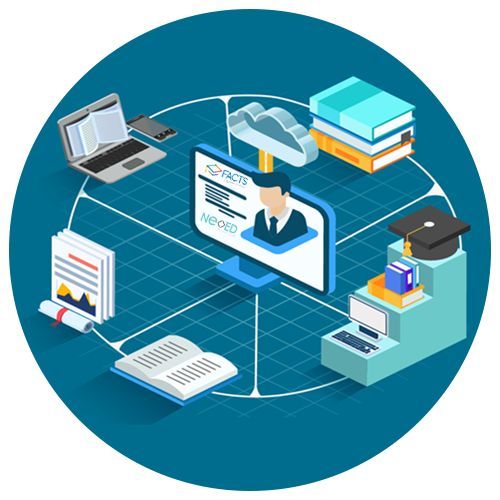
Implementing a mobile learning management system (LMS) can be an innovative step towards modernizing educational and training processes. However, this transition comes with its challenges, and certain mistakes can significantly hinder the effectiveness of the system, leading to wasted resources and potential setbacks. Here are five critical mistakes to avoid when implementing a mobile LMS.
1. Neglecting User Experience:
One of the most common mistakes is ignoring the user experience. An LMS should have an intuitive interface that is easy for learners to navigate on their mobile devices. Complexity or poor design can discourage users from engaging with the content, thus reducing the effectiveness of the learning platform.
2. Insufficient Technical Support:
Mobile LMS implementation requires adequate technical backing. Companies often underestimate the amount of ongoing support and maintenance needed, which can cause major disruptions if the system encounters bugs or glitches that are not swiftly resolved. This oversight can lead to frustration among users and might result in a lackluster adoption of the system.
3. Inadequate Training for Educators and Trainers:
Educators and trainers who are expected to utilize the mobile LMS must be fully trained on its features and capabilities. Skipping this step can lead to improper use of the system’s functions, reduced engagement, and potential misinformation being disseminated through the learning modules.
4. Failing to Optimize Content for Mobile:
Mobile devices come with various screen sizes, resolutions, and operating systems. Failing to optimize educational content for these variables can result in poor content display, which in turn impacts engagement and learning effectiveness. It’s essential to ensure that all multimedia elements are compatible with a broad range of devices.
5. Overlooking Data Security and Privacy:
Lastly, it’s critical not to overlook data security and privacy concerns when implementing a mobile LMS. With incidents of data breaches on the rise, ensuring that the LMS complies with global standards for data protection is essential not only for protecting users’ personal information but also for preserving the integrity of the educational content.
Conclusion:
To prevent these costly catastrophes, it is critical to focus on creating a user-friendly interface, providing continuous technical support, properly training staff members who will utilize the LMS, optimizing content for diverse mobile devices, and committing to robust data security measures.
Avoiding these five mistakes will help ensure that your mobile Learning Management System implementation is successful and beneficial for all stakeholders involved.
